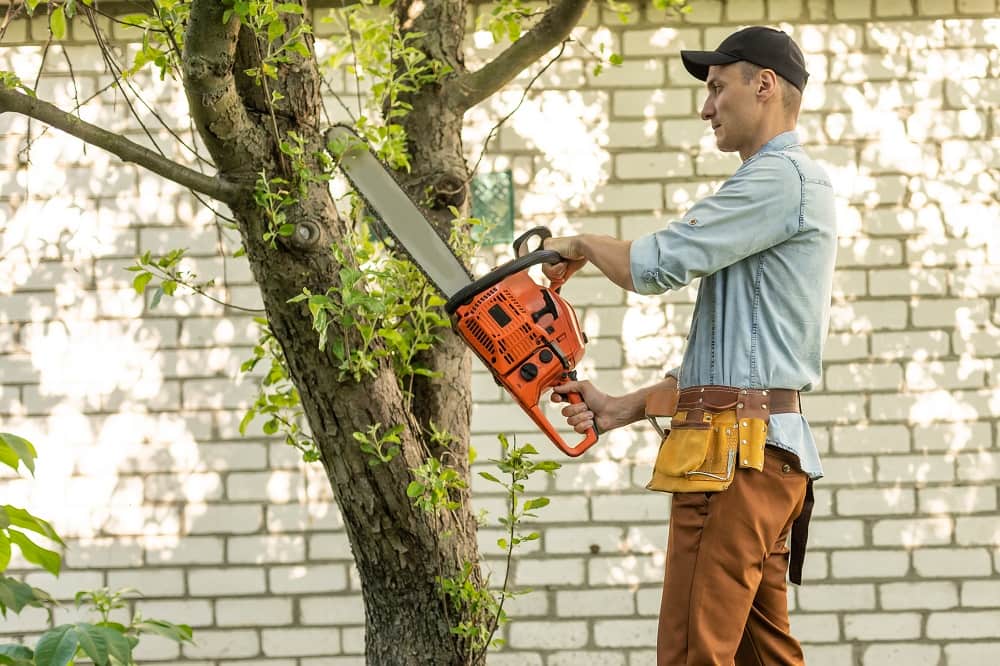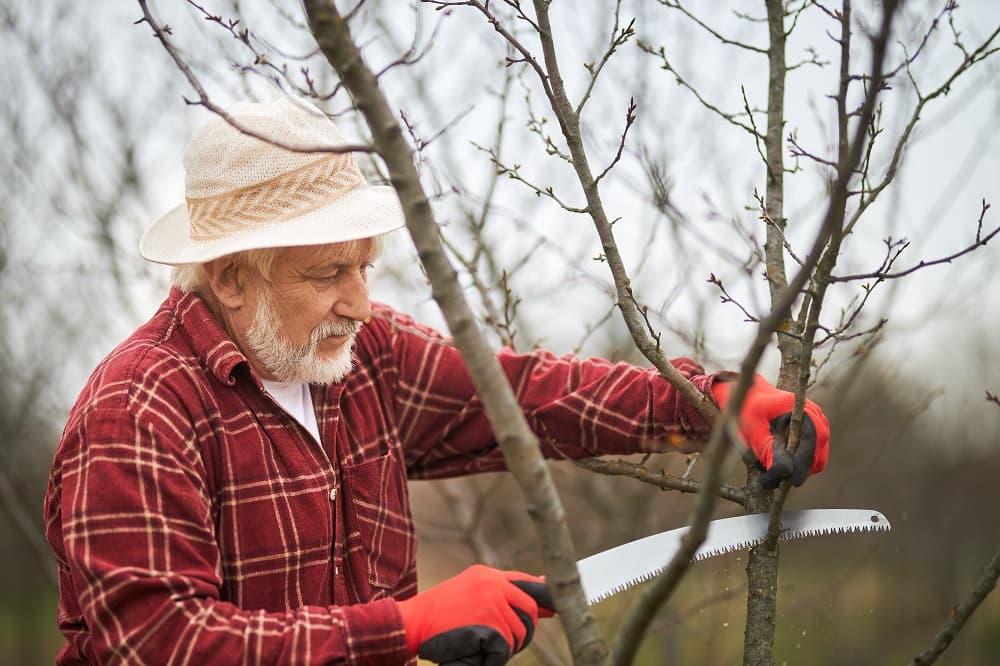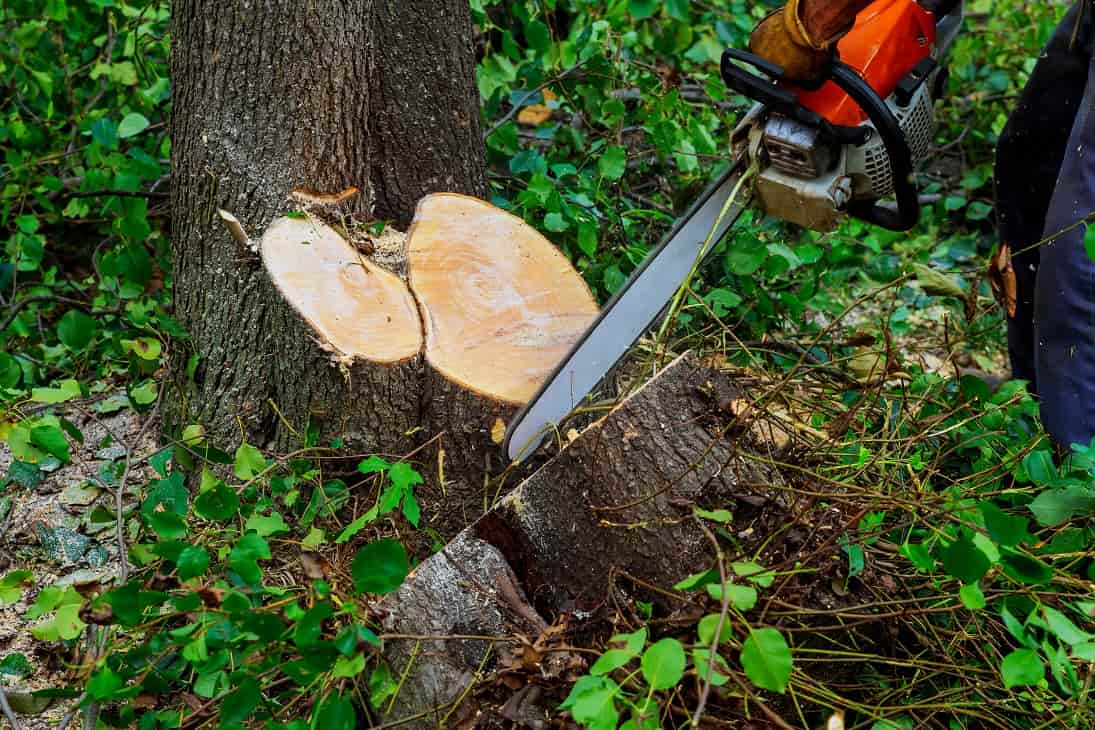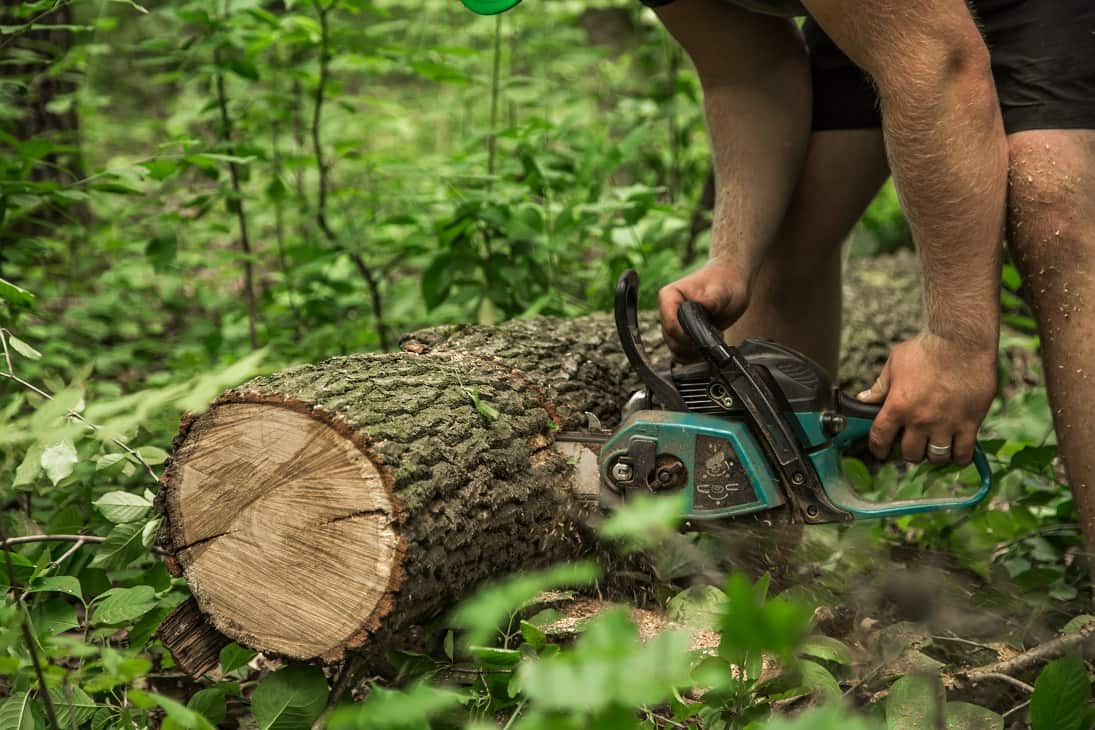
When is it allowed to prune trees?
Pruning trees is an important task to maintain the health and appearance of trees. Many people wonder "When is it allowed to prune trees?" and are unsure about when it is legally permissable to prune trees and how to do it properly. In this article we will take a closer look at these concerns and more, and also look at the cost of pruning trees, pruning trees in winter and the responsibilities of tenants and landlords.
In some countries, there are strict laws that regulate the pruning of trees. Therefore, it is unsurprising that many people ask "When to prune trees?".
In the UK, there is no law preventing the removal of larger branches from trees at a specific time of year. However, it is strongly advised that pruning work takes place over the winter months when trees are dormant and cutting is less harmful. This also means the peak nesting season for birds (early March to late August) is avoided.

However, there are exceptions, especially in the case of trees which are located in conservation areas or in public places. In these cases, the relevant question is no longer "When can you prune trees?" but "Which trees can you prune? The easiest way to check if a tree has a preservation order is to contact your local council before carrying out any work. Trimming a protected tree could be considered damage and result in penalties even if the tree in question is growing on your own property. When it comes to overhanging branches, according to UK law it is permissible to trim the branches of a tree overhanging your property as long as you do not trim beyond the boundary line. This applies to trees growing on your neighbour's land and on public land. It is important to note, however, that any branches removed from a tree are the legal property of the person on whose land the tree is growing, meaning you should check with your neighbour if they would like to keep the branches before getting rid of them.
How do you prune trees correctly?
Pruning trees requires special knowledge and skills to ensure that the tree remains healthy and is not damaged, but how do you prune trees properly?
Here are some basic steps you should follow to prune a tree properly:
- First, make sure you have the right tools. Pruning shears, a saw and a ladder are the basic equipment you need.
- Make sure the ladder is safe and stable and that you wear a helmet and gloves.
- Start by removing dead, damaged or diseased branches. Cut these branches directly from the trunk.
- Always cut at an angle of 45 degrees and be careful not to make too large cuts that could damage the tree.
- Avoid cutting branches that grow too close to the trunk. These branches can play an important role in to keeping the tree stable.
- Never cut off more than a third of the tree's crown. Cutting off too many branches can weaken the tree and make it more susceptible to diseases, such as fungal infections on trees and shrubs.
Tree pruning costs
Having trees pruned is another way to get a tree in shape without doing the work yourself. Before you have your trees pruned, you should find out about the pruning costs. These depend on various factors, such as the size of the tree, the extent of the work, the height of the tree and the location. As a rule, pruning costs are between £100 and £ 1,500.

It is important that you obtain and compare different quotes from tree care services before choosing a provider. Make sure that the provider has insurance and performs the work safely and professionally. The cost of pruning should be discussed in advance and agreed in writing to avoid unexpected costs.
In some cases, the cost of pruning may be covered by your local authority, especially if the trees are growing on council-owned land. Check with your local council to see if such schemes are available and what requirements must be met in order to benefit from such assistance.
Pruning trees in winter
There are some key reasons why pruning trees in winter is advised rather than pruning during the growing season. But until when can trees be pruned? One benefit of pruning trees in winter is that, for example, the trees are in their dormant phase. This means that they are less susceptible to disease and pest infestation. In addition, you can see better in winter which branches need to be removed because they are bare of leaves.

However, it is important to note that pruning trees in winter can also have disadvantages. If you prune the tree too much, this can lead to frost damage, which can weaken the tree in spring. It is therefore important that you only prune the tree when it is absolutely necessary and that you do not remove too many branches. Pruning should therefore be done with care, otherwise you can over prune the tree.
Who has to prune trees - tenants or landlords?
A question that is often asked is, "Who has to prune trees; tenants or landlords?". The person responsible for pruning and maintaining trees is usually the landlord, especially if the trees are on the landlord's property. However, if the tenant damaged the tree or the tree was damaged due to the tenant's negligence, the landlord could charge the tenant for the cost of pruning the tree.
It is important that the tenant informs the landlord of any problems with the trees on the property, however it is ultimately the responsibility of the landlord to ensure that trees are safe and not liable to cause injury or property damage. If the tenant wants to prune the tree, they should generally ask the landlord for permission and make sure they have the right tools and skills to prune the tree safely and properly. Tenancy agreements vary when it comes to garden maintenance clauses so it is important to clarify exactly what is expected of you when renting a property.
Tree pruning is an important task to maintain the health and appearance of trees. It is important that you follow the laws and regulations when doing this and make sure that you only prune the tree when it is absolutely necessary. If you are not sure how to prune a tree properly, you should hire an experienced arborist to help you with the job. And if you are a tenant, you should always inform the landlord before trimming the tree.
Another question is "Who has to trim trees; neighbour or me?

It is fundamentally the owner's responsibility to control the trees and their growth on his property. It is his or her responsibility to ensure that branches and twigs do not extend beyond the boundary of the property and interfere with the neighbour's property. If a neighbour is injured or damage is caused to his or her property by falling branches or twigs of a tree, the owner can be held liable. It is therefore important that the owner regularly checks the condition of their trees and, if necessary, takes appropriate measures to prevent damage.
This is where Electropapa's high-quality chainsaw accessories come in handy to ensure that your trees are kept in excellent condition.



